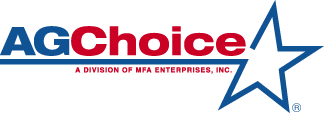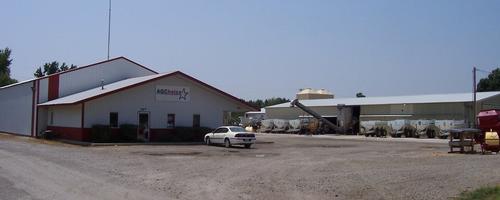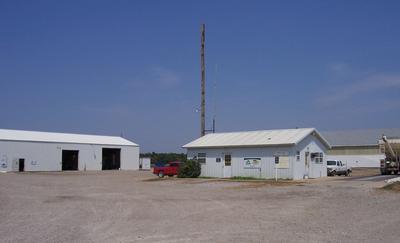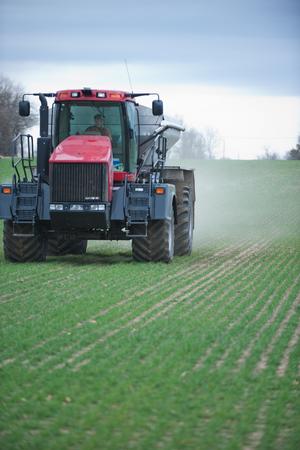|
|
||||
 |
||||
| AgChoice retail locations include Weir, Parsons, Moran, Hepler & Blue Mound, KS. Check out the FeedMill and Grain location in Emporia, KS CLICK - CUSTOMER PORTAL "CONNECT" |
Weir AgChoice | |
Weir, KS 66781 620-396-8559 | |
Early Sign-up for Grid Sampling I would like to introduce myself I am Eric Preston the new Region 5 Precision Agronomy Sales Manager. I am a 2010 graduate from Kansas State University, with a B. S. in Agronomy, and a 2006 graduate of Pittsburg State University with a B.A. in Business Management. I am originally from Columbus, Kansas and have family that still lives in the area. This newsletter I would like to talk about reasons for signing up this summer for the Nutri-Track program. First I would like to layout the basics about the 1st stage of the Nutri-Track program. Stage 1: Intensive Soil Sampling GPS collected field boundaries and soil test points on 2.5 acres grids Soil tests are sent to Midwest Labs for OM, CEC, pH, P1, P2, K, S, and Zn test results Nutrient surfaces display the variability and availability of each nutrient with red (deficient) to green (optimum) to blue (high/excessive) colors. Soil type maps are included with crop specific NRCS yield goals. Cropping Nutrient Management Plan is created for each field based on soil tests levels, soil types and productivity, and cropping practices. Plant food (fertilizer) recommendations are for Variable Rate application based on soil test plus a whole field flat yield goal. Intensive soil sampling has many benefits including increased efficiency by not overloading areas with optimum fertility levels with extra fertilizer. The fertility levels of the less productive areas in a field will be increased quicker and more efficiently. The quickest return on cost of Grid Sampling is the Variable Rate application of Lime for correcting low soil pH’s. Proper pH balance ensures proper root growth and nutrient availability. A pH of 5.8 can reduce nutrient uptake by up to 40%. Variability in pH throughout fields in SE Kansas and SW Missouri is very common. It is not uncommon to see fields with a pH to swing from 5.2 to 7.0 in a field. The biggest challenge of lime application is the amount of time it takes to haul the product and spread the larger amount of product. The best time for grid sampling to fit into the cropping system is to get the sampling done early in the fall. In a corn-wheat-double crop soybean rotation, behind the corn crop will be our best chance to take soil samples. This gives us a minimum of 1 ½ month window to take soil samples and then have enough time to Variable Rate apply Lime, P (Dap), K (Potash) and other Micronutrients ahead of getting the wheat planted. On other crop rotations we can sit down with the farmer and find out the best timing scenario for getting the grid samples taken. Once the samples are taken, the process of spreading the fertilizer is not much different than conventionally spreading fertilizing. It is just a more efficient way of putting your dollars in the field. For more information about the program and how it can fit into your cropping system, please contact your local AgChoice. |








